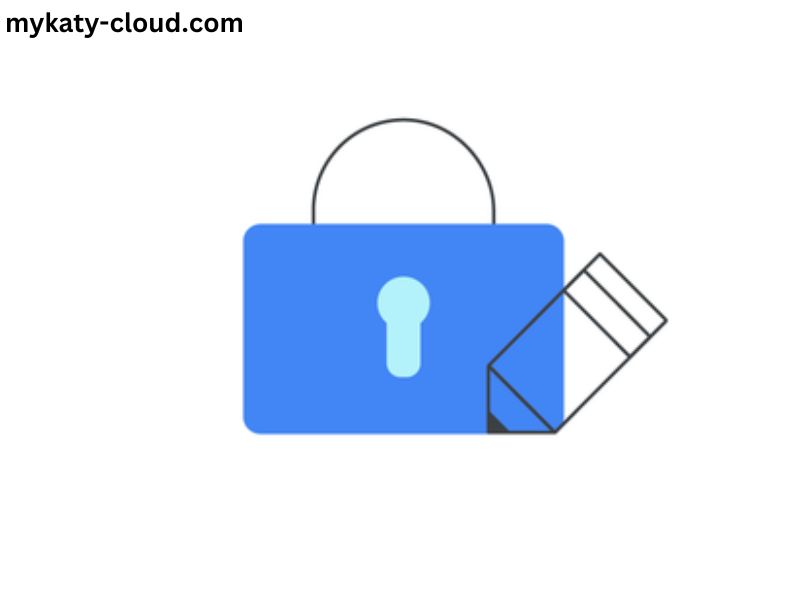In an increasingly digital world, cybersecurity is no longer a luxury—it’s a necessity. The rise of cyber threats and data breaches has driven companies to prioritize security at every stage of software development. This is where Security by Design Code Academy steps in, offering a comprehensive learning experience to equip developers with the skills to build secure applications from the ground up. This article will explore what Security by Design Code Academy offers, its curriculum, and the significance of security in modern software development.
The Emergence of Security by Design
In the past, security often came as an afterthought in software development. Once applications were built and deployed, teams would then perform security testing and patch vulnerabilities. However, this reactive approach has proven insufficient, given the complexity of modern applications and the sophistication of cyber attacks. Enter Security by Design, a proactive approach that integrates security into every phase of the software development lifecycle (SDLC).
Security by Design Code Academy emerged from the need to train developers to adopt this proactive approach. The academy teaches security as a core component of software design, empowering developers to foresee potential vulnerabilities, mitigate risks early on, and build robust, secure applications that can withstand attacks.
The Curriculum: A Holistic Approach to Security
Security by Design Code Academy offers a range of courses tailored to different skill levels, from beginner developers to seasoned professionals. The curriculum is designed to provide students with both theoretical knowledge and practical skills, ensuring they can apply what they learn in real-world situations. Below is an overview of the key components of the academy’s curriculum.
1. Foundations of Secure Coding
The introductory course focuses on teaching the basic principles of secure coding. Students learn about common vulnerabilities such as SQL injection, cross-site scripting (XSS), and buffer overflows, which often appear due to poor coding practices. The course emphasizes secure coding best practices that prevent these issues from occurring.
In addition, the course covers the Open Web Application Security Project (OWASP) Top Ten vulnerabilities. OWASP is a globally recognized organization that identifies the most critical security risks to web applications. Understanding these risks is crucial for developers who want to build secure systems.
2. Security in the Software Development Lifecycle
This course takes a deep dive into the concept of security by design, introducing students to how security is integrated into each phase of the SDLC. From the requirements gathering and design phase to implementation, testing, deployment, and maintenance, security considerations are incorporated into every decision.
Students learn how to perform threat modeling, a crucial step in identifying potential attack vectors during the design phase. By anticipating how attackers might exploit a system, developers can design countermeasures and mitigate risks before any code is written.
3. Application Security Testing
Testing is an essential part of ensuring that applications are secure. In this course, students are introduced to both automated and manual testing techniques. They learn how to use various tools such as static application security testing (SAST), dynamic application security testing (DAST), and penetration testing to uncover vulnerabilities.
A significant focus is placed on continuous integration and continuous deployment (CI/CD) pipelines, which allow for automated testing and secure deployment processes. Security by Design Code Academy emphasizes the importance of incorporating security checks into these pipelines to catch issues early.
4. Cloud Security
With the growing shift toward cloud-based infrastructure, ensuring the security of cloud environments is more important than ever. In this course, students explore cloud security principles and learn how to secure applications running in cloud environments like AWS, Azure, and Google Cloud Platform.
Topics covered include identity and access management (IAM), encryption, securing cloud storage, and designing for fault tolerance and availability. The course also delves into cloud-native security tools and best practices for securing cloud resources.
5. Secure DevOps (DevSecOps)
DevSecOps, or integrating security into DevOps practices, is one of the most critical disciplines taught at Security by Design Code Academy. In this course, students learn how to build a culture of security that spans across development, operations, and security teams. Key areas of focus include automating security tests, ensuring compliance with regulatory frameworks, and embedding security tools within the CI/CD pipeline.
By breaking down silos between developers, operations, and security personnel, organizations can ensure that security is considered at every stage, rather than as an afterthought.
6. Incident Response and Recovery
No matter how secure a system is, breaches can still happen. This course prepares students to handle such incidents when they occur. Topics include detecting intrusions, identifying the root cause of breaches, and mitigating damage. Students also learn how to conduct post-incident analysis and improve security measures based on lessons learned.
The course focuses on building a response plan that allows organizations to act quickly and minimize the impact of a security incident.
The Importance of a Security-First Mindset
The core philosophy of Security by Design Code Academy is that security should never be an afterthought. Instead, developers should adopt a security-first mindset, ensuring that every line of code they write is secure by design. This mindset is essential because it helps to prevent vulnerabilities rather than patch them later, which can be costly and time-consuming.
This proactive approach is particularly important in today’s threat landscape, where cybercriminals are constantly evolving their tactics. According to a report by Cybersecurity Ventures, global cybercrime costs are expected to grow by 15% per year, reaching $10.5 trillion annually by 2025. Organizations that fail to prioritize security from the start are at risk of being targeted by these increasingly sophisticated attacks.
By adopting a security-first mindset, developers can help organizations reduce their risk of breaches, protect sensitive data, and build customer trust. This is why Security by Design Code Academy emphasizes security as a core competency for modern developers.
Industry Partnerships and Certification
Security by Design Code Academy partners with leading cybersecurity organizations to ensure its curriculum is up to date and aligned with industry standards. The academy also offers certification programs that validate the skills students have acquired. These certifications are highly regarded in the industry and can help developers advance their careers in fields like cybersecurity, software engineering, and DevSecOps.
Graduates of Security by Design Code Academy are equipped with the skills to build secure applications that meet the highest standards of security compliance. They are well-prepared to pass industry-recognized certifications such as Certified Secure Software Lifecycle Professional (CSSLP) and Certified Ethical Hacker (CEH).
Real-World Applications and Success Stories
Many companies across industries have recognized the importance of adopting security by design principles, and graduates of the academy have gone on to play crucial roles in these organizations. For example, graduates have helped financial institutions develop secure online banking platforms, e-commerce companies safeguard customer data, and healthcare organizations protect sensitive patient information.
One success story comes from a graduate who joined a major tech company and implemented a threat modeling process during the design phase of a critical application. As a result, the company was able to identify and fix several potential security vulnerabilities before the application went live, saving millions in potential breach-related costs.
Another graduate played a key role in improving the security posture of a cloud-based infrastructure for a Fortune 500 company. By applying the cloud security best practices learned at the academy, the graduate was able to implement encryption, access controls, and monitoring systems that significantly reduced the company’s exposure to cloud-based threats.
The Future of Security by Design
As technology continues to evolve, so too will the methods used by cybercriminals to exploit systems. The future of cybersecurity will depend on developers who are trained to think like security experts and design systems that can withstand emerging threats. Security by Design Code Academy is committed to staying ahead of the curve by continuously updating its curriculum and teaching the latest security practices.
Looking ahead, the academy plans to expand its offerings to include specialized courses on artificial intelligence (AI) and machine learning (ML) security, blockchain security, and Internet of Things (IoT) security. These emerging fields present unique challenges and opportunities, and the academy is dedicated to preparing developers to tackle them head-on.
Conclusion
In an era where cybersecurity is of paramount importance, Security by Design Code Academy offers a vital educational experience for developers looking to build secure, resilient applications. By emphasizing a security-first mindset and integrating security into every phase of the software development lifecycle, the academy is helping to shape the future of secure software development.
Through its comprehensive curriculum, industry partnerships, and focus on real-world applications, Security by Design Code Academy is preparing the next generation of developers to face the evolving threat landscape with confidence and expertise.




